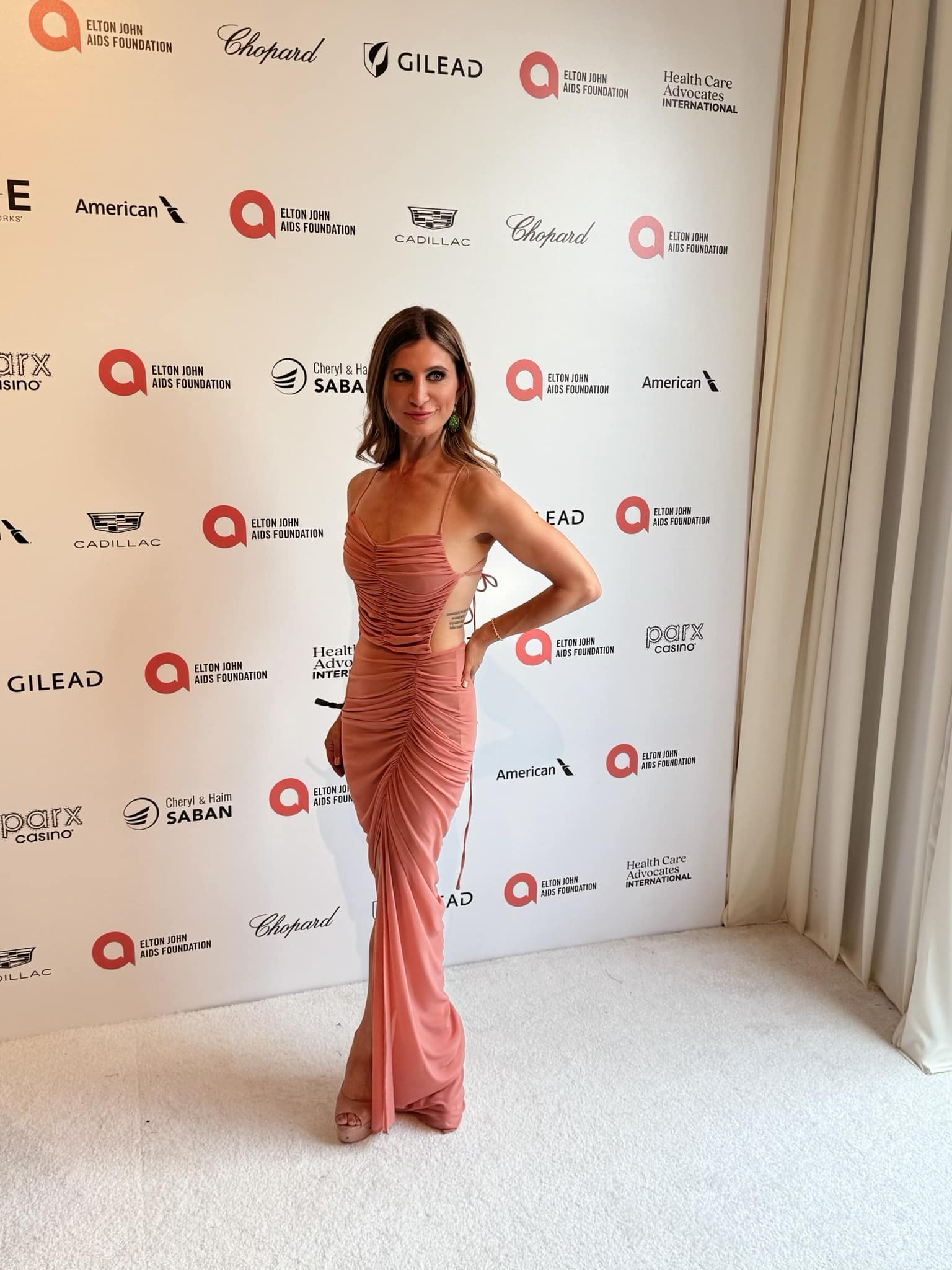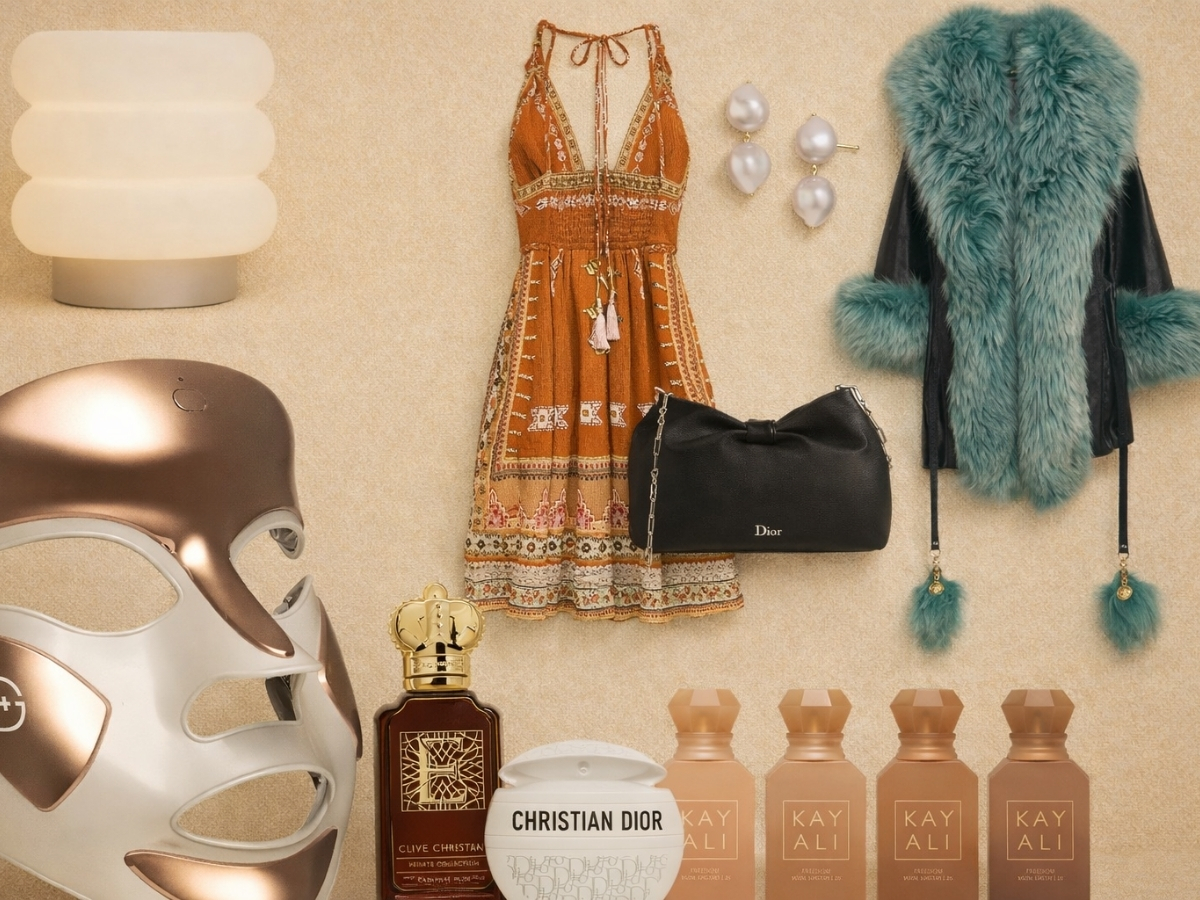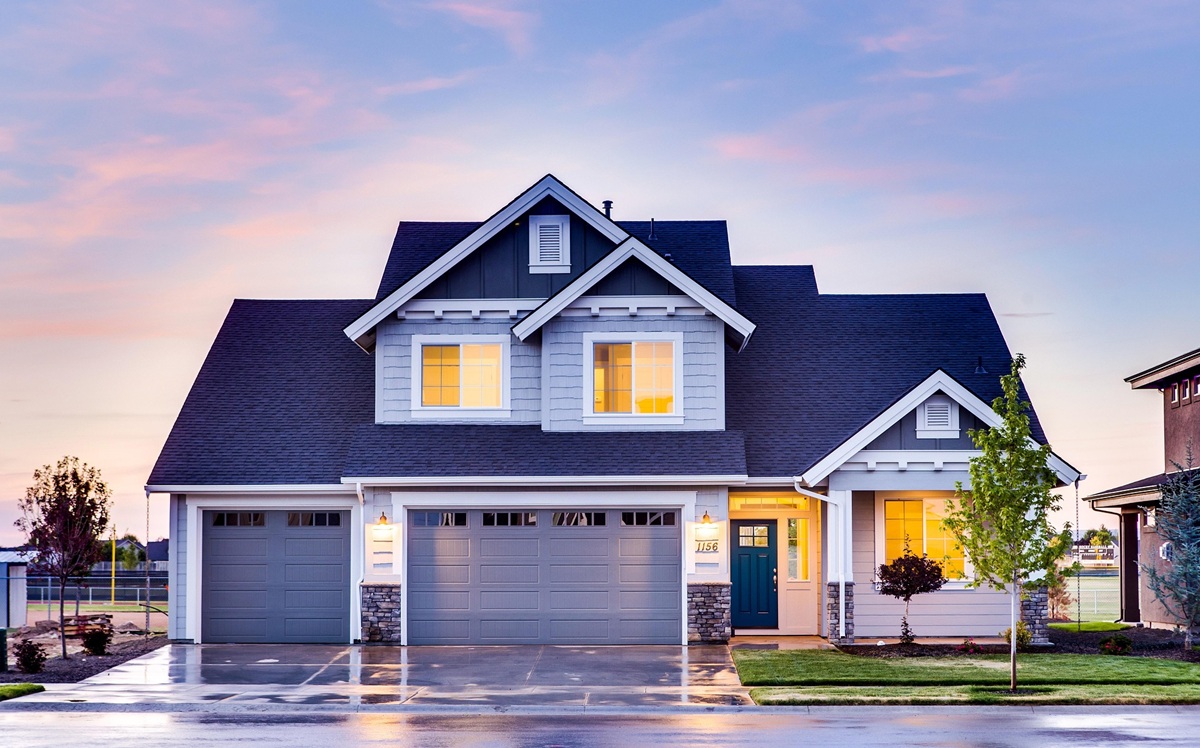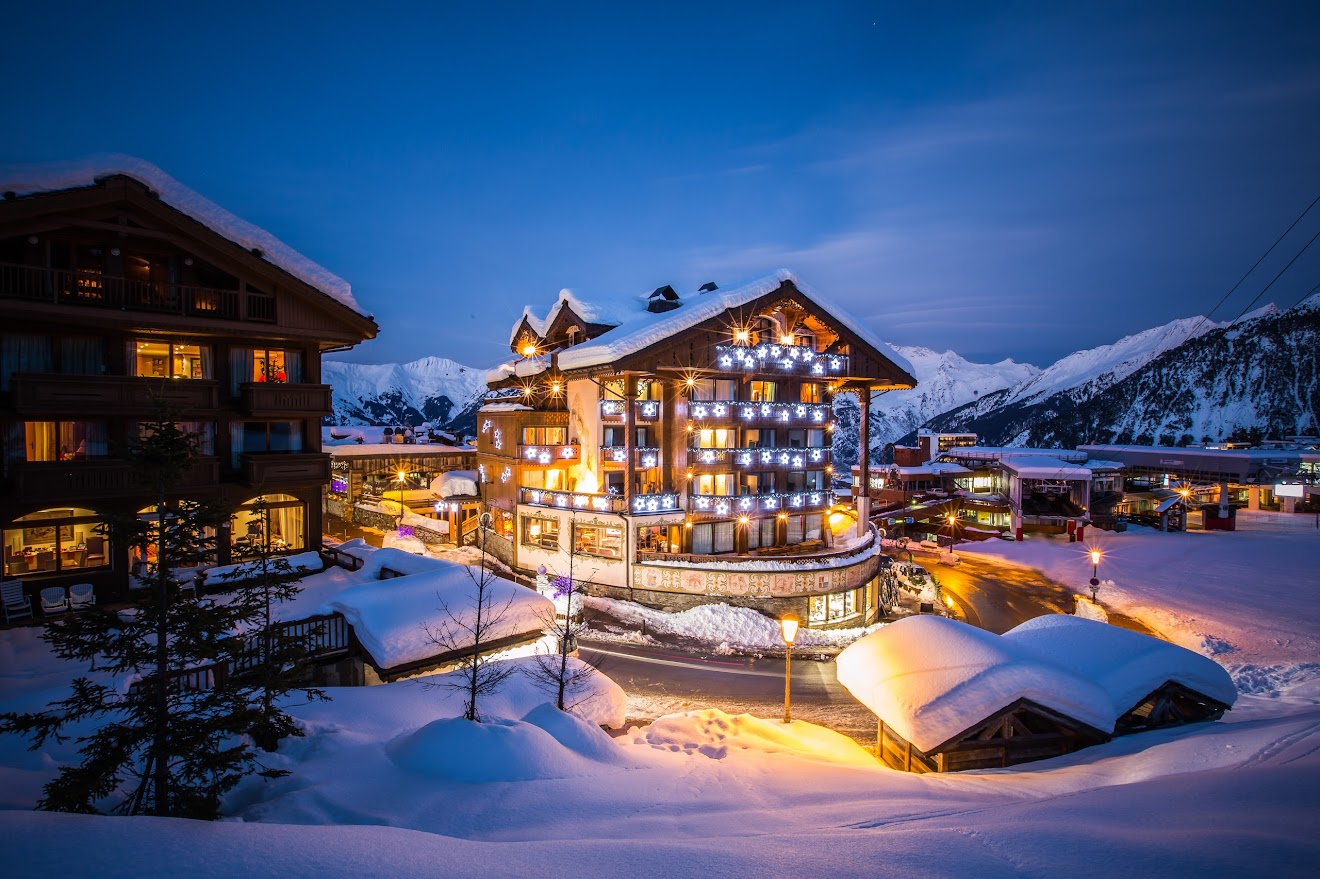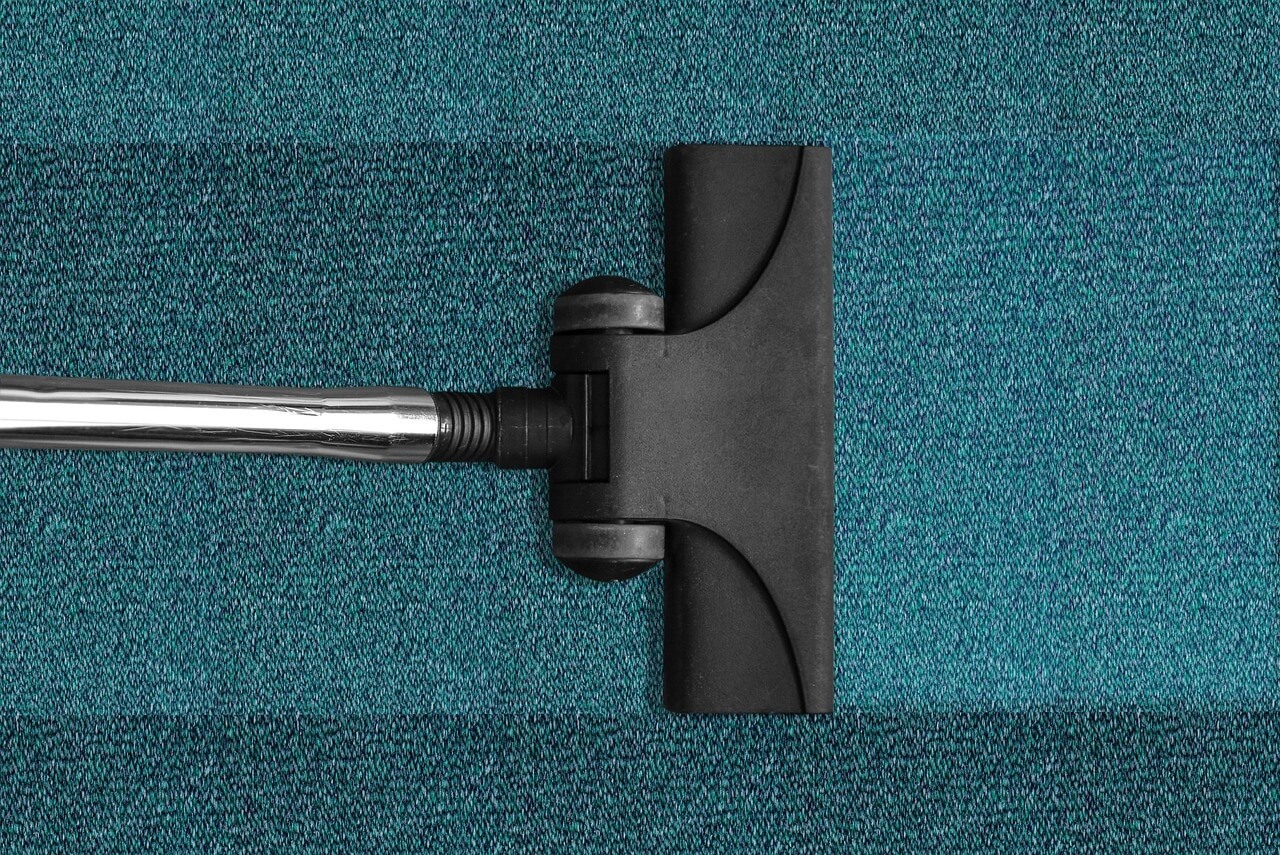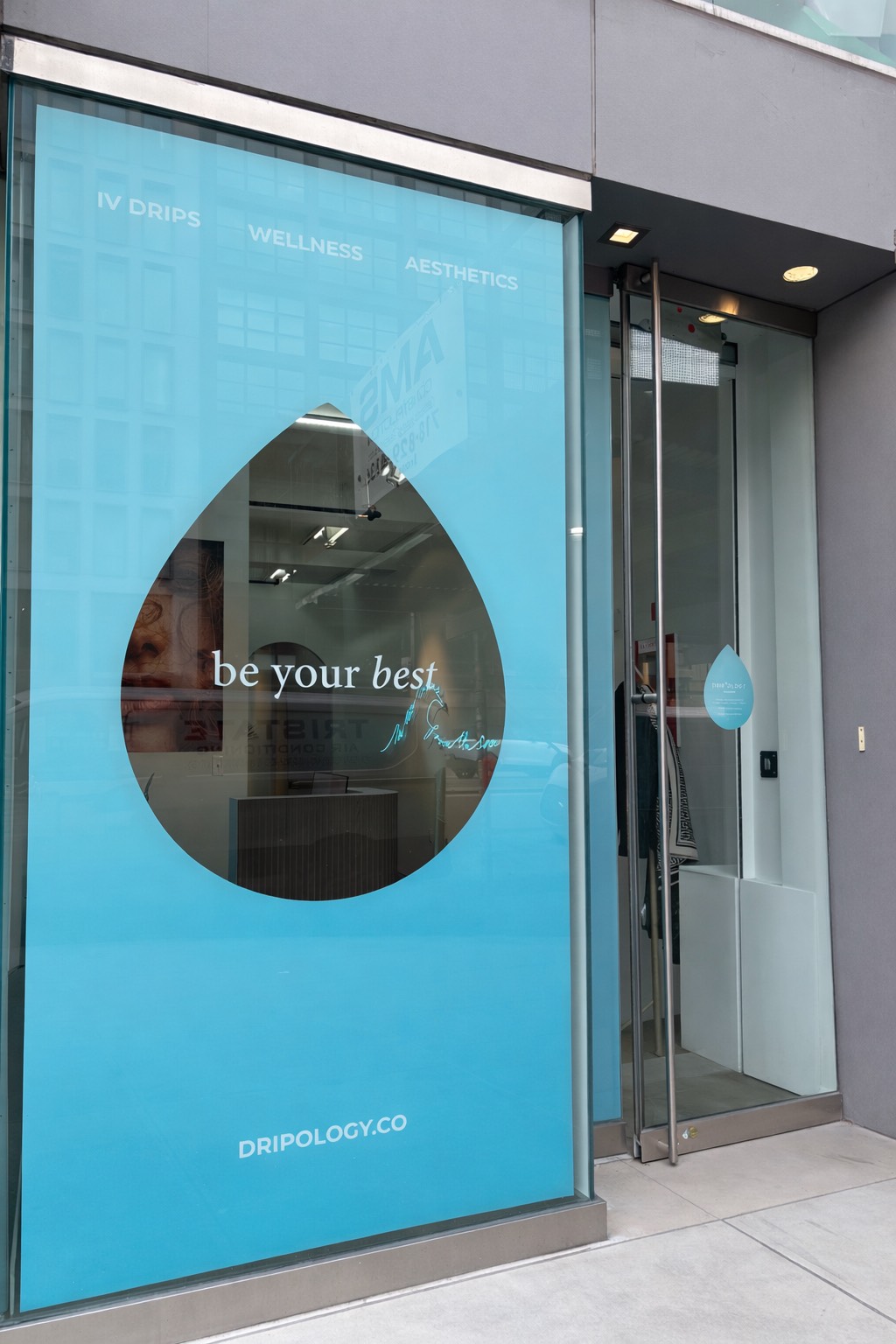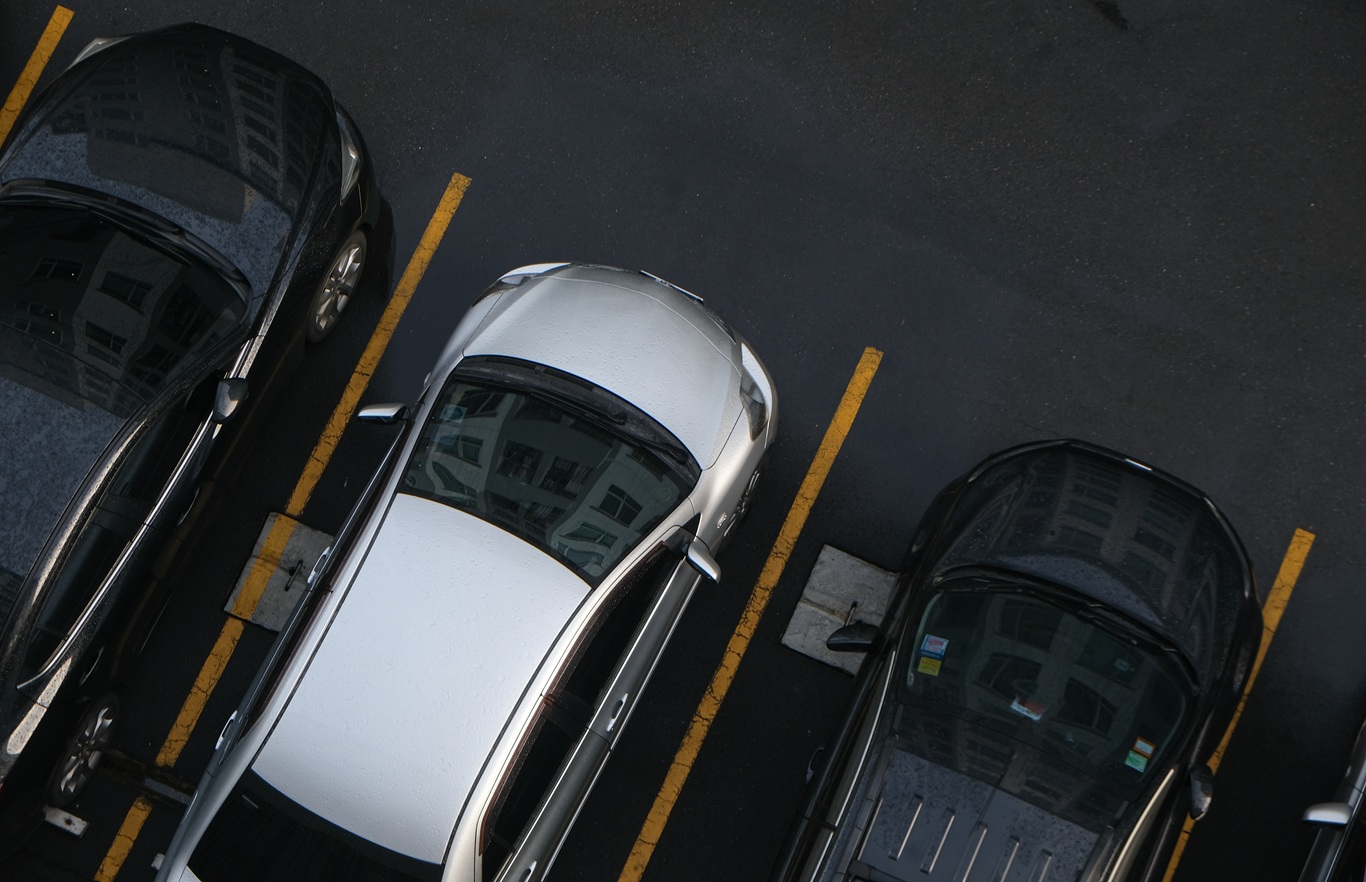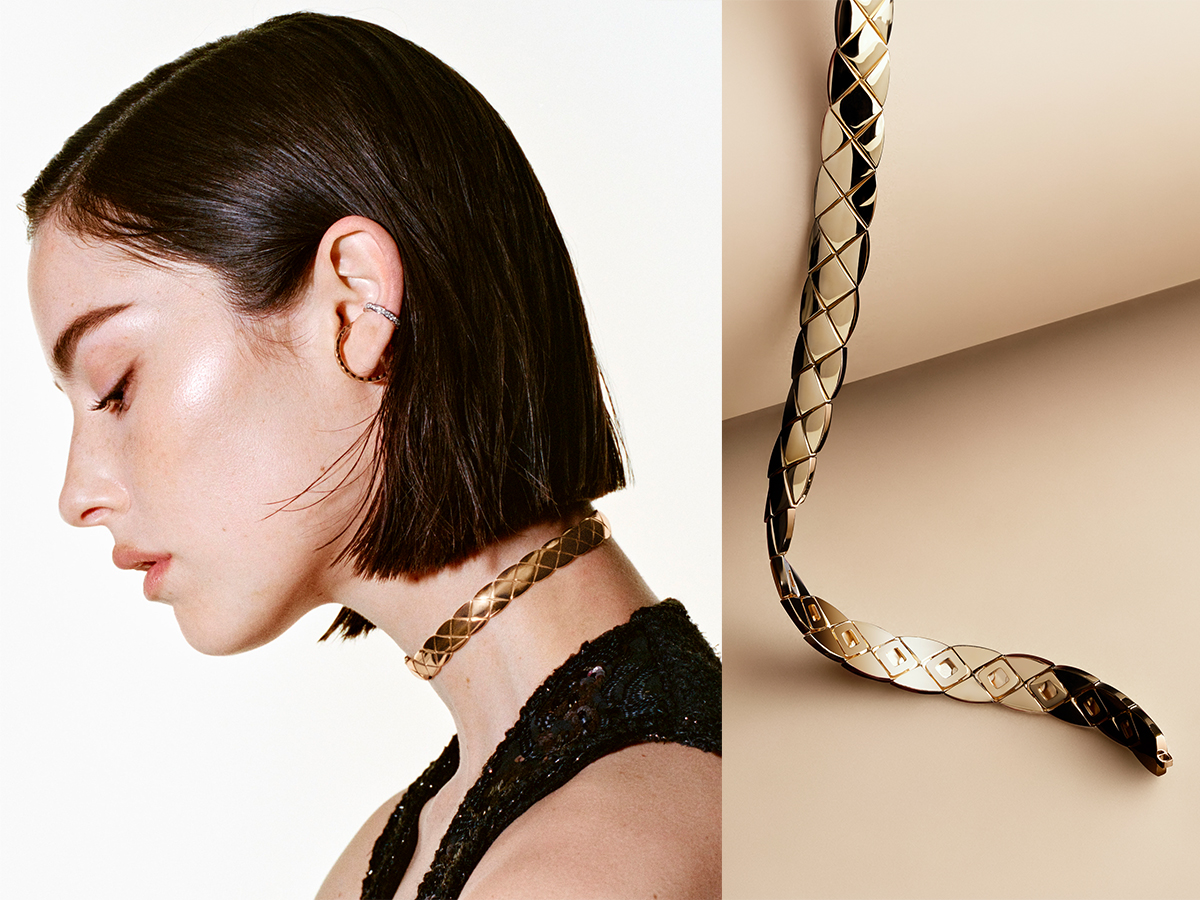One On One With South African Artist Nelson Makamo On The Intention Behind His First-Ever Solo U.S. Show
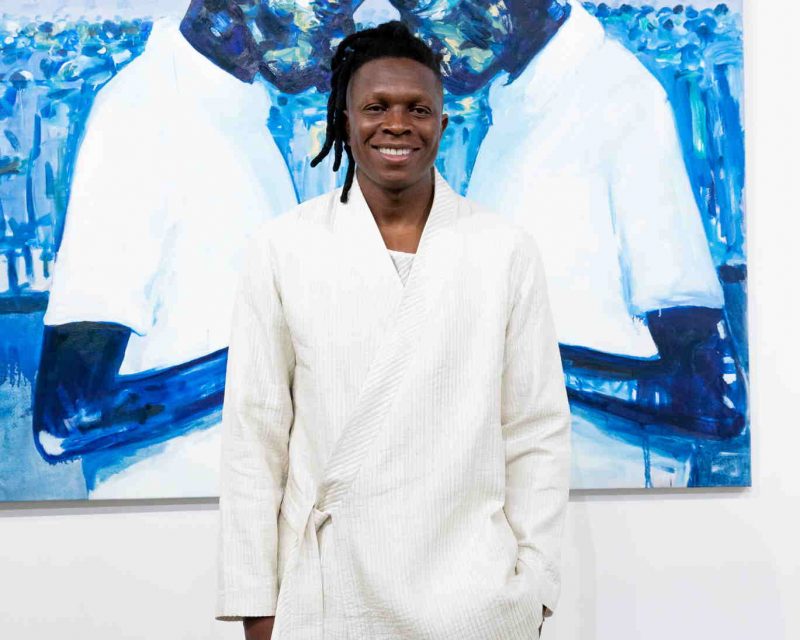
Photo Credit: BFAJohannesburg based Artist Nelson Makamo debuted his first solo U.S. exhibition, Blue, in Los Angeles today and needless to say, this is a very big deal. The 39-year-old artist, who was featured on Time magazine’s “Optimists” cover, is best known for his charcoal and oil paintings that redresses decades of images that have portrayed African children in destitute. Makamo’s career spans sixteen years. Based in Johannesburg, he has managed to solidify an iconic signature and a subject matter that has steadily placed him on a global stage, making him one of the worlds young and most sought-after visual artists of our times. Makamo has exhibited in South Africa, USA, France, Italy, the Netherlands, England, Scotland, and Finland. His work is featured in prestigious public and private collections. Nelson Makamo’s artwork speaks to changing the global mindset of what it means to be an African child. His portraits have strong emotions that every young African possess, from conviction, to prowess and determination, you cannot help but resonate with every piece. Makamo’s famous portraiture can capture these strong emotions which draw you inward. His mix media style, and a unique mark-making technique that breaks the scholarly rules is a very distinct signature. And on the eve of his first solo exhibition — his largest to date — Makamo sat down with Haute Living for his first interview in several years just before a private preview dinner presented by DeLeon tequila. Here, he talks about his work, why he chose the City of Angels as his display ground and why one should always, always, always have hope.
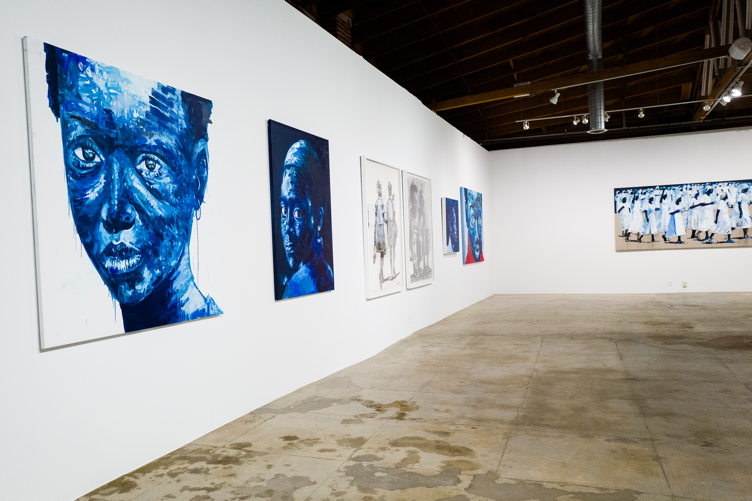 Photo Credit: BFA
Photo Credit: BFA
Why did you choose L.A. as the site of your first solo exhibition?
It was actually a tough choice to make [for my] first solo show. But it just felt right. When we started the conversation about a show, we were already thinking between L.A. and New York. For some reason, L.A. happened to be the perfect choice for us to actually have a show. Also, looking at the curators to the galleries that we had actually collaborated with, it just felt right. It turned out to be more amazing because the choice, and also the support and structure that came with that choice, made it easy.
You’ve mentioned that you had come here before. Does L.A. speak to you personally? Do you feel like you have a relationship to the city?
It’s one of the most interesting things, because as someone who started traveling from way back — besides it being the place where a lot of stars are born — when you think about Hollywood normally, you think about L.A., Hollywood. At one point, we thought New York was the place with the culture and all of that, but it seems like L.A. always had this hidden culture as well. A lot of talent finds it easy to feel at home here. The first time I visited, it just had that. It has this warm welcome, I couldn’t even think of anything else besides, ‘OK, okay, this is definitely one of the places where I’d feel most comfortable showing.’
Does it bring you peace when you come here? We were just talking about that in relation to the theme of your show, the color blue.
It does because of the quite rich history of culture that it has. To bring peace in Los Angeles is something else as well. We were here before the pandemic, but we actually left when the pandemic started; we went back to South Africa. We were supposed to stay here longer. We had to cut our trip short. But I had that connection to it, and found [the city to be] optimistic and enriching as well. Hope; it offers that. The excitement there was when we announced that we were doing a show in L.A. was like, ‘You picked the right place.’ It is definitely the perfect place to start sharing this message. Everyone around here is like family to us. They understood why “Blue” was important to start here. I remember when we arrived a few days ago, and when I went to the space, I felt it was the right place to present that. It was the right place to bring “Blue” into being. Here, you feel calmer, you feel relaxed. It definitely was the right choice for us.
You started the “Blue concept in 2017, pre-pandemic, which means that releasing this show as a whole now and sharing that message of hope when people really need it is even more impactful. Would you agree?
My work has always been about hope. When I did the cover of Time, it was also about that. When you think about the future, you think ‘hope.’ It inspires what we wake up to in terms of the world. I thought having the power to be able communicate to people visually, and thought, ‘What will you give them? What tone will you use when you speak?’ I had to look around and realize that at some point, around my contemporaries, the language was quite aggressive. This can go hand-in-hand with being an activist. But we all have an activist within us, and it doesn’t have to be aggressive. Art starts with beauty, and beauty is hope. I believe everyone is beautiful.
Art is one of the things that doesn’t choose the audience: the audience chooses it. When I started to do something that was not even conscious, sometimes you just get into it. For a long time, my theme was children, and people were drawn to that. That means that if people are drawn to children, the future is way better than what we actually think.
When I started sharing my work, I felt it was one thing people felt connected to. ‘You’re giving us something exciting. You’re simplifying the language where we don’t have to get lost too deep into the art world of what art is. You’re also allowing and giving opportunity to everyone than having to say only certain people that have the intelligence only enjoy art.’ Look at a child. A child starts with simple colors. They become friendly to everyone, those colors, and become so simplified in a way that is actually magical. When it came to my show, I thought, ‘How do I take that and bring it into a space that if someone’s older, they can still find the inner peace as well?’ The blue started becoming dominant in my work to the point that I was like, ‘That’s it: maybe I need to look at what blue means and what that represents.’ I also realized that it’s one color that it doesn’t have a place of origin. You have the ocean, you have the sky— and they don’t belong to anyone. Those are two gigantic structures, or gigantic installations, dominated by blue. When people go to holiday, they usually go to beaches. They go to places where the water is blue. Any concept of summer for anyone, is that the sky is blue. When dusk comes, it gives us a bluish-black. It’s resting, it’s calm. It’s hopeful.
 Photo Credit: BFA
Photo Credit: BFA
What made you decide to share this particular concept? What was the impetus?
An exhibit means you are inviting people to come and be part of the conversation. Instead of making it into a dear diary, I have to make it like I’m someone that lives around people and I get inspired by people. I don’t just get inspired by myself; my ideas don’t just come from only me. My ideas come from the community that I live around in. You don’t also choose that community. You find yourself living in that community that inspired you enough and the advantage of traveling, where you can actually interact with other people from different backgrounds. I think that’s where I started to say, ‘As much as I live in Africa, I don’t want my work to only have a frame of where I live.’ It’s not just Africans that respond to my work. You have diversity as well within it, where people of multiple races and backgrounds respond to my work as well.
It’s really interesting that you mentioned summer and you talked about summer embodies this blue and endless days, because southern California actually embodies the concept of the endless summer, of happiness, which seems perfect for your work.
Here, it feels like you are growing because you are surrounded by the right people; you are inspired by the right people. I didn’t want to go back in my work; I want to move forward, I want to capture today, what I see. That’s the best and only reference that I feel is honest, for me look around and see what people are doing in my time and see what I can take and learn, and also get inspired from them as well.
Part of that is also the blue, and having to realize how blue’s presence is within us, but in such an organic way. Blue is the beginning of royal. Blue is the beginning of legacy. Blue is the beginning of other things—we are building a lot of things today, but we are also sensitive to how we are building it as well. Capitalism is not playing a role in what we build, what legacies are. People find that for the first time in history, we are building things from hard work, and without even using oppression for others. Everyone is embracing the new, and I wanted to do something different. I want to build something beautiful as well. I want to design something amazing. It’s all coming into a sense where it’s like we are inspiring each other in a way that we are not aware in which we are doing it as well. Regardless of what the other challenges are, this is one era that everyone you think about it, when you pull up all of the things that have happened historically—you realize we have voice, and we have freedom to express ourselves however we want to. In the past, we were not allowed to express ourselves freely, but today, one of the most exciting things is that we are allowed to get enriched and inspired by one another’s cultures. Today we can say, ‘Your culture inspired me so much so that I can create something just to show how much I was inspired by it.’
If you had one take away for people coming to see the show, the thing that you would want to get across the most—what would it be?
It would be honesty — their honest reaction to the work. Without having to look at my concept of blue, I would love to get their concept of blue and how it made them feel. I don’t want [people] to walk out and say, ‘This is what I should have gotten out of it as well.’
That’s not how I create. I create by looking at different things, sometimes from the space of someone that has never been exposed to art and doesn’t know what art is. Sometimes I approach my work that way, where I walk in as someone who doesn’t know anything but as someone who allowed themselves to say ‘What is art? Art becomes part of us. I don’t create for art historians. I don’t create for art students. I create for people. Each and every person who walks into the exhibition is given the opportunity to find something that will actually make them have a say in the show. That is what I wish for everyone to come in and take away — to walk out and have something to share that is honest about that show, to find their blue. It’s about finding your blue, and then telling me what you actually found.
I have one final question for you. What to you is the greatest luxury in life and why?
Having the ability to create. That’s luxury for me. To have a language that any person can understand. I find that is one of the greatest luxuries. The privilege that I’ve had has allowed me to meet as many different people, some of who I thought I would never meet. It has made me travel to places I could only dream of. It made me realize that there are other things more important to life than money. It has given me the feeling to know I have contributed something historically. It made me look more into ‘What is life’ and knowing that I have the ability to make someone happy through what I do. Also, [I am grateful that I get to] wake up to do what I love so passionately. Some days it doesn’t make sense, but it still keeps me going. That is one thing I would not wish to trade for anything else. It has made me look around and encourage people that talent is one luxury that you cannot buy. It’s so expensive that it’s even difficult to think of selling.It’s made me appreciate how we have so many people around us that have that luxury that aren’t even aware of it. I have no regrets about this. More than anything, I’ve matured, and think of things differently because of that luxury I actually have.
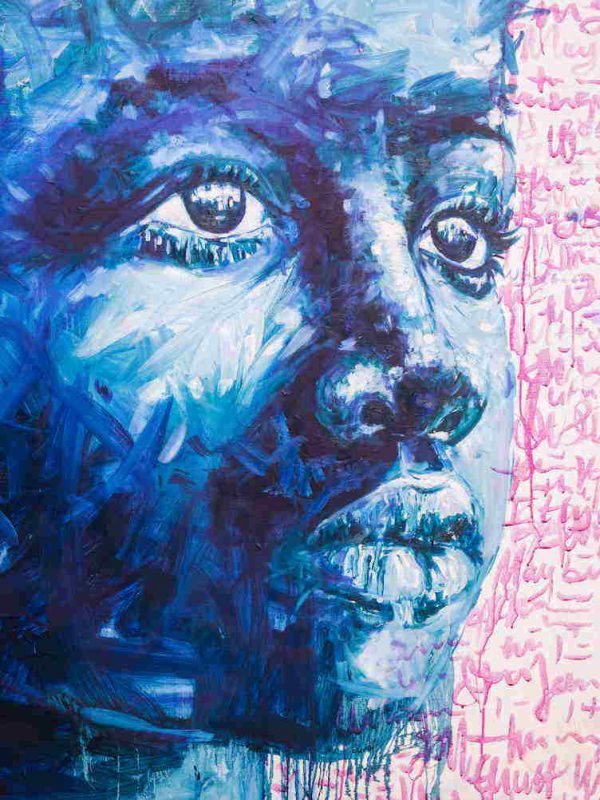 Photo Credit: Jorge Meza
Photo Credit: Jorge Meza

